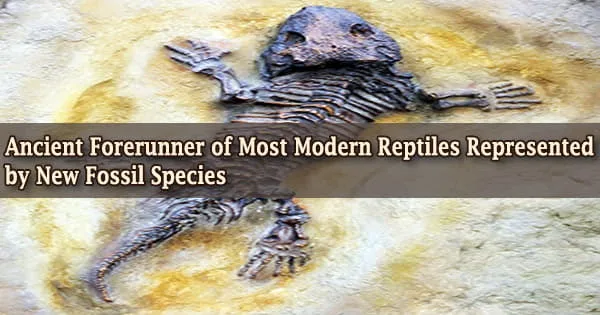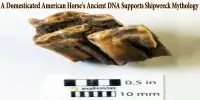While scrolling through iNaturalist, a social network where professional and citizen scientists share their photographs in order to map biodiversity observations from around the world, a group of Croatian students came across a pair of strange photos taken in the Peruvian rainforest in 2008 and posted in 2018.
A pygmy grasshopper with a unique pattern of vibrant colors was what they were staring at. The strange bug was unlike anything they’d seen before in the scientific literature.
Niko Kasalo, Maks Deranja, and Karmela Adži?, graduate students under the guidance of Josip Skejo, all currently connected with the University of Zagreb, Faculty of Science, Croatia, willingly shared their camera roll with Roberto Sindaco, Museo Civico di Storia naturale (Torino, Italy).
They collaborated on a study in the open-access scientific journal Journal of Orthoptera Research that described the yet-to-be-named bug.
Pygmy grasshopper, also known as grouse locust, is any of around 1,400 species of insects (order Orthoptera) that are little (about 15 mm (0.6 inch) long, brown, gray, or moss-green, and related to real grasshoppers.
The forewings of the pygmy grasshopper, on the other hand, are either reduced to little pads or completely nonexistent. A pointed extension of the thoracic shield protects its folded membranous hind wings when it is not in flight.
New species are often described using specimens gathered from their native environments and then stored in museums for future reference. Because the authors had multiple high-quality images, they opted to defy convention and identify the new species solely only on photographs.
Only by interacting with nature can we truly feel how much we might lose if we do not take care of it, and care is urgently needed.
The paper was initially denied, but after a compromise was made, the species name was removed and the paper could be published. The International Code of Zoological Nomenclature is a set of rules for properly identifying animal species in scientific terms.
It enables for the identification of species from images, but the technique is frowned upon. As a result, the authors choose to employ the nameless species to bring more clarity to the situation.
The pygmy grasshopper differs from the short-horned grasshopper in that it lays its eggs singly in little grooves in the soil instead of in underground chambers. It thrives in short-grassed areas and around muddy shorelines.
The genus name and the species name are the two words that make up a zoological name. Due to the lack of a species name, the grasshopper is now referred to as “the nameless Scaria.”
Another key point of this research is how citizen science websites like iNaturalist enable anyone interested in nature to contribute to ‘real’ scientific work by sharing their results online.
The authors believe that involving lay people in the scientific process can aid in bridging the communication gap between scientists and the general public, reducing public skepticism of research. The researchers encourage everyone to engage with the natural world around them and use their cameras to record its beauty.
“Only by interacting with nature can we truly feel how much we might lose if we do not take care of it, and care is urgently needed,” said the study’s authors.
















